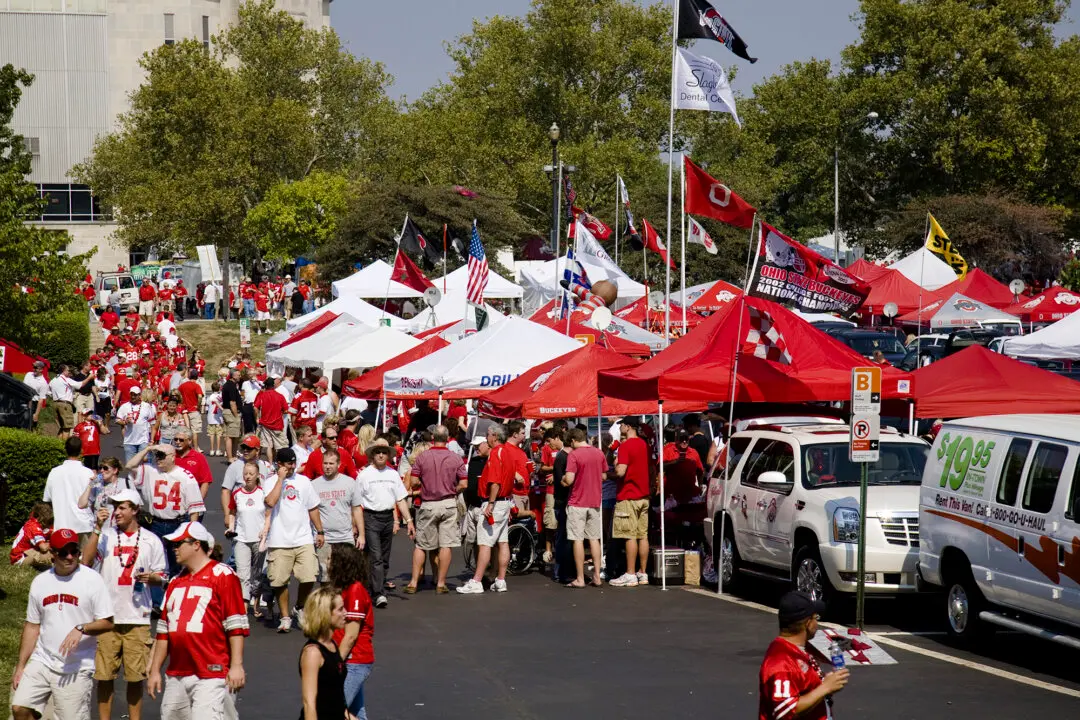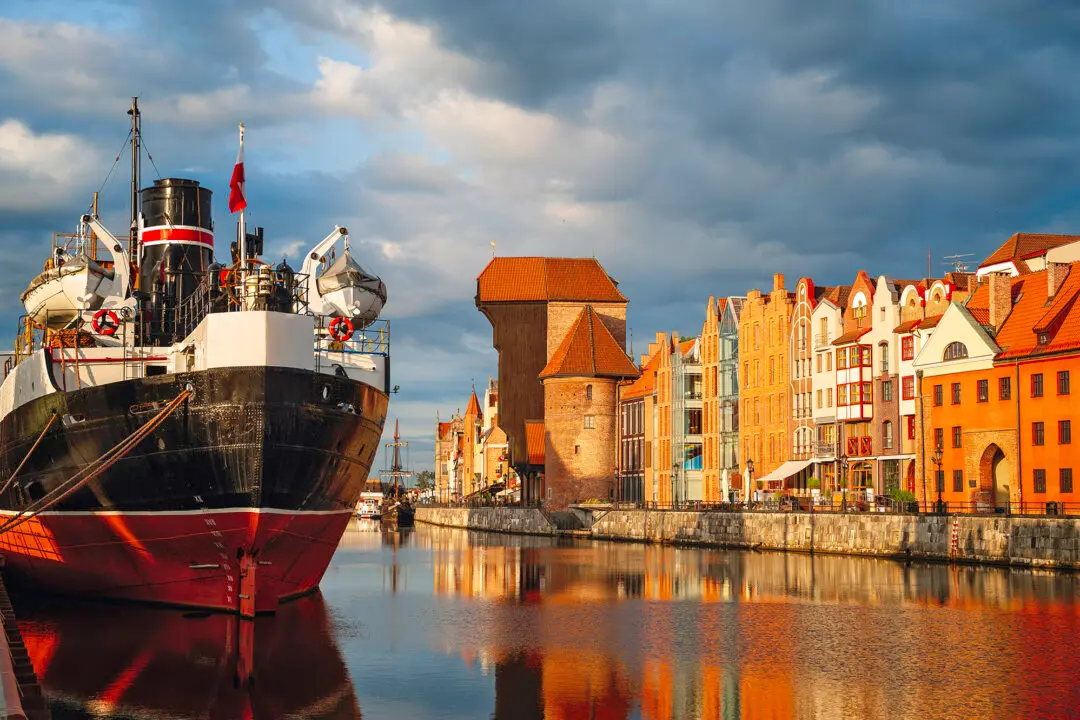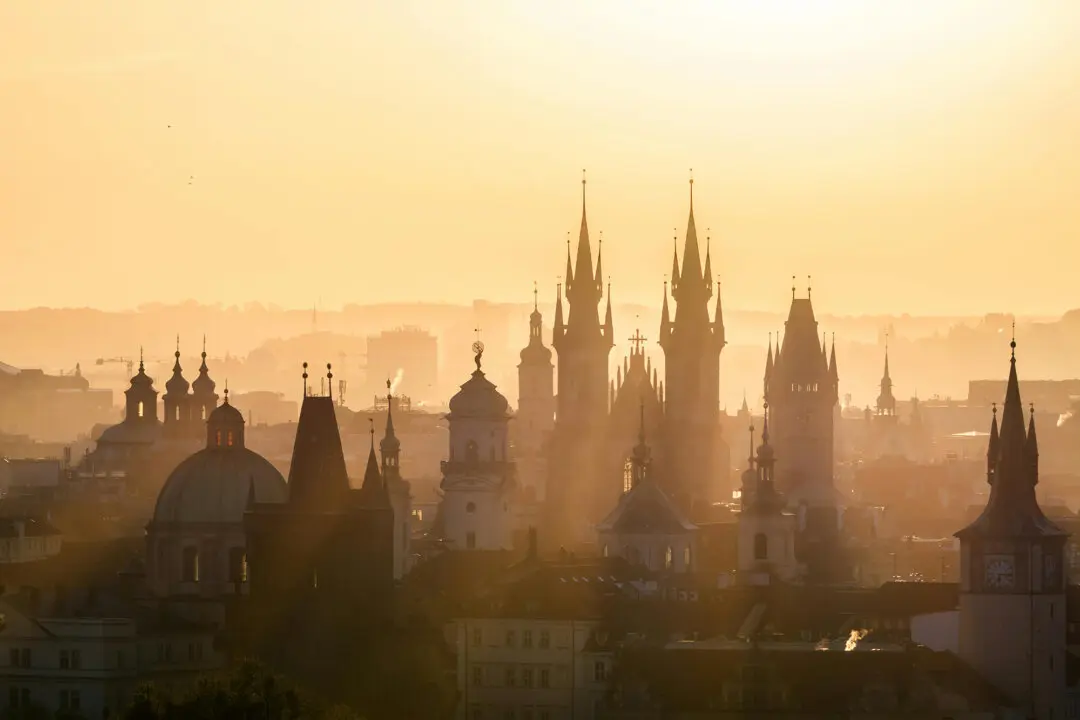Amid lockdowns, stay-at-home orders, and plenty of sheltering in place, we’ve all become very familiar with our couches and televisions. Over the past year, streaming, internet use, and plain-old TV-watching surged, setting viewership records, as we settled in front of the warming glow of our screens, playing our favorite television series and movies.
And the main thing, for many? Those shows have transported us to another place—and time.





